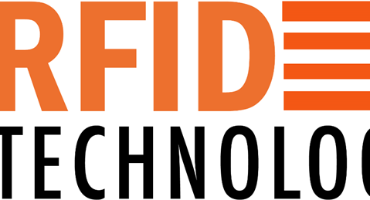RFID (Radio Frequency Identification) is a powerful technology for real-time asset tracking, inventory management and authentication, offering significant efficiency, accuracy, and security benefits across industries. RFID is ideally deployed as an End-to-End visibility solution for Asset Tracking, Inventory Management and Authentication. When integrated with IoT, cloud platforms, and AI analytics, it transforms operations across industries - delivering higher efficiency, utilisation, and real-time intelligence.
Here’s how it is ideally used:
How RFID (Radio Frequency Identification) technology Works:
RFID Tags & RFID Labels - (active, passive, or semi-passive) are attached to assets, products, or inventory items.
RFID Readers & RFID Antennas capture signals from tags, often without line of sight.
RFID Software & Middleware process the data and integrate it into ERP, WMS, or asset management systems.
Ideal Use Cases of RFID (Radio Frequency Identification) technology
1. Asset Tracking:
Real-Time Location: Assets like medical equipment, IT devices, or tools can be located instantly across a facility.
Loss Prevention: Alerts trigger if assets move out of authorised zones.
Utilisation Monitoring: Track usage patterns to avoid under/over-utilisation of assets.
Maintenance Scheduling: RFID logs help schedule servicing and calibration based on real-time usage.
Ideal Industries: Healthcare (tracking infusion pumps, wheelchairs), Manufacturing (tools, machinery), IT & Data Centres (servers, laptops).
2. Inventory Management:
Automated Stock Counts: RFID enables batch reading of hundreds of items within seconds, unlike manual or barcode scanning.
Supply Chain Visibility: From warehouse to retail shelves, RFID provides live inventory updates.
Shrinkage Reduction: Reduces losses due to theft, misplacement, or errors.
Faster Replenishment: Alerts trigger when stock falls below set thresholds.
Ideal Industries: Retail (fashion, electronics), Warehousing & Logistics, Automotive (parts tracking).
3. Authentication & Security:
Product Authentication: RFID tags and RFID Labels with cryptographic features validate authenticity and combat counterfeiting.
Access Control: Personnel and vehicles use RFID-enabled IDs for secure access.
Chain of Custody: Ensures high-value items (e.g., pharmaceuticals, luxury goods) are genuine and traceable through the supply chain.
Typical Industries: Pharmaceuticals, Luxury Retail, Defense, Banking (cash & asset transit).
Benefits of RFID for Businesses:
Real-Time Visibility → Instant location and status of assets and inventory.
Increased Efficiency → Automated tracking reduces manual labour and scanning time.
Higher Accuracy → Minimises human error compared to barcode/manual systems.
Cost Savings → Reduces asset loss, shrinkage, and downtime.
Improved Utilisation → Maximises ROI on assets by tracking usage patterns.
Enhanced Security & Compliance → Better control, audit trails, and counterfeit prevention.
RFID is ideally deployed as an End-to-End visibility solution for Asset Tracking, Inventory Management and Authentication. When integrated with IoT, cloud platforms, and AI analytics, it transforms operations across industries—delivering higher efficiency, utilisation, and real-time intelligence.


